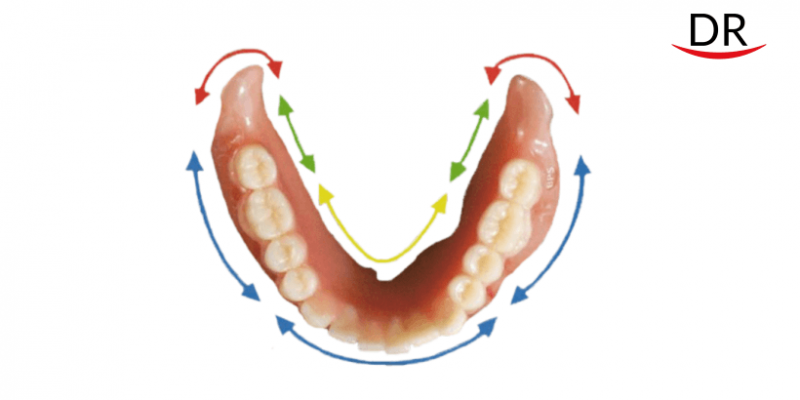
Dr. Jiro Abe (Tokyo, Japan) is the inventor of suction effective mandibular complete dentures (SEM-CD) and a PhD holder. He founded the Japan Denture Association and has been its chairman since 2006. He is a professor at the Tohoku University Graduate School of Dentistry and Kanagawa Dental College. He works as international clinical BPS instructor for Ivoclar Vivadent and conducts seminars on complete denture prosthetics for GC, Morita and the Japan Dental Association. Dr. Abe is an author of two best-selling books, out of which the book ‘Mandibular Suction Effective Denture, The professional: Clinical and laboratory technique ClassⅠ,Ⅱ,Ⅲ – with Aesthetics’ was translated into English, Chinese and Korean due to popular demand.
Dr Fumiaki Yamazaki (Tokyo, Japan) is a SEM-CD instructor and a PhD holder. He has been a permanent director of the Japan Plate Denture Association since 2016. He is the clinical instructor of Ivoclar Vivadent for BPS dentures.
Dr Abe & Dr Yamazaki is a part of an exclusive 2-day webinar on SEM CD with BPS at the DRDCA 2020 International.
Introduction
Suction Effective Mandibular Complete Denture (SEMCD) is being given great attention in the world recently. If you wear an ill fitting denture, it requires constant attention not to drop out during mastication. SEMCD is a well fitting denture, so it relaxes the patients and enables them to enjoy their life.
Difference between the conventional denture treatment and SEMCD treatment.
Conventional denture fabrication technique with stick compound advocated by Dr.Boucher in the 1960’s is a far cry from SEMCD techniques. This conventional treatment theory is that denture flange should extend to the muscle attachment to cover the maximum ridges surfaces in order to get a denture stabilization. This is a correct theory. However, lately there are not many dentists who can teach accurate compound technique; therefore, this compound technique became less popular. The detailed compound technique is not well described even in the popular denture book ‘Prosthodontic Treatment for Edentulous patients’
On the other hand, whether it is maxillary or mandibular denture fabrication, SEMCD treatment emphasises on and pays attention to the oral mucosa. The maximum suction is acquired by having tight contact between denture base and oral mucosa and creating negative pressure between mucosa and the denture base during swallowing. Once the main focus for the treatment has changed, obviously the focus for the preliminary impression, custom tray fabrication method and shape of custom tray and method of final impression will be changed accordingly. The clinical success will be achieved without mixing up these two different concepts together (Fig.1 A and Fig. 1 B).


Unique features of SEMCD (Fig.2)

① Retromolar pad (Fig.3)

1. The posterior border seal can be achieved by having contact between the buccal mucosa and the side of the tongue above the denture base where covers retromolar pad. This contact point is called BTC point.
2. The retromolar pad must be totally covered by the denture base. Initial process should start with preliminary impression with frame cut back tray (Fig. 4).

② Labial area
A labial seal is created with the lower lip in contact with exterior denture base surface and alveolar mucosa in contact with the interior denture base surface (Fig.5).

③ Retromylohyoid muscle fossa region
A wall must be created to resist tongue pressure applied when tongue root presses against the lingual policed surface. This wall can be created by extending the denture border by 2-3mm beyond the mylohyoid ridge (Fig.6).

④ Sublingual fold region
With an abundance of spongy tissue, the contact between the denture border and mucosa in the sublingual fold region is maintained to provide a stable and strong seal (Fig 7).

Process of SEMCD fabrication (fig.8)

SEMCD is fabricated with BPS ( Bio-functional Prosthetic system).
- 1st : Preliminary impression and Preliminary bite record
- 2nd: Precise impression and Bite record using the pin tracing
- 3rd: Try-in denture
- 4th: Denture delivery
Precise impressions are taken using 2 different types of silicon impression material instead of compound impression material. It is possible that whole border impression be made at once, it means we could reduce chair time and decrease any chances of error during impression (Fig.9).





















Comments